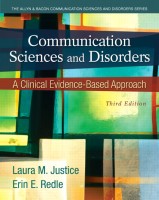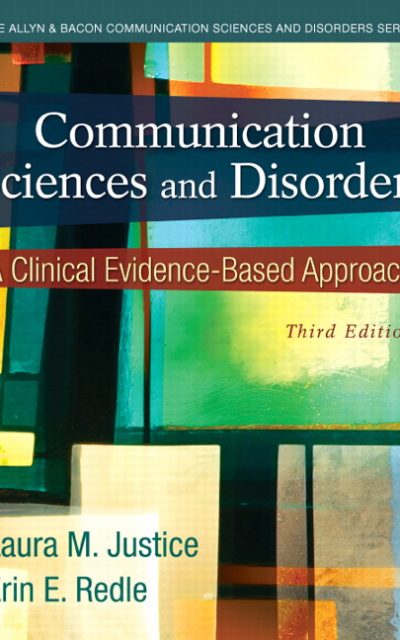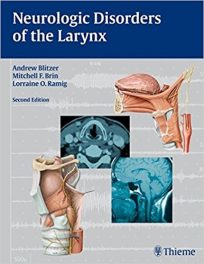 Authors: Laura M. Justice and Erin E. Redle
Authors: Laura M. Justice and Erin E. Redle
Publisher: Pearson – 557 pages
Book Review by: Sonu Chandiram
This book is also available as an enhanced Pearson eText. Go to this website for details: www.pearsonhighered.com/etextbooks
The eText is an interactive version that includes three to five videos per chapter that exemplify, model, or expand upon chapter concepts. Look for the play button to see where video is available in the affordable enhanced eText version of this book.
This book on the study of communication sciences and disorders provides to you the student current theories, research and practices in the field. It uses examples and anecdotes from real life to help you learn the material easier and quicker. A clinical-based life span approach is used.
The authors emphasize the following objectives and the techniques to realize them. They endeavor to help you
- Strengthen your knowledge, skills, and concepts through comprehensive case studies that include evaluation and treatment plans, and multimedia samples
- Use technologies to better understand communication development and to assess and treat disorders of communication
- Focus on multicultural issues including culture, communication ability, and communication disability
- Use research-based tools and practices in assessment and intervention
This book covers a lot of ground. To help you put the subjects in perspective, these are the chapters you will find between its covers in its two parts:
- Foundations of Communication Sciences and Disorders
- Fundamentals of Communication Science and Disorders
- An Overview of Communication Development
- Anatomical and Physiological Bases of Communication and Communication Disorders
- Augmentative and Alternative Communication
- Communication Disorders in the Multicultural World
- Communication Disorders Across the Life Span
- Communication Assessment and Intervention: Evidence-Based Practices
- Language Disorders in Early and Later Childhood
- Adult Language Disorders and Cognitive-Based Dysfunctions
- Speech Sound Disorders in Children
- Fluency Disorders
- Voice Disorders
- Motor Speech Disorders
- Pediatric Hearing Loss
- Hearing Loss in Adults
- Feeding and Swallowing Disorders
The authors present material in its chapters with these and other features:
- Focus Questions at the beginning
- A short Introduction
- Definitions and discussion of key terms introduced in the chapter
- Case Study
- Charts
- Discussion Points
- In the Clinic
- Tech Tools
- Tables
- Chapter Summary
- Key Terms
- References
The positives in this book: the authors take a clinical evidence-based stance wherein the material presented is based on research; and examples are used to explain and bring to life the concepts that are introduced and explained. This is a good book to have for clinicians, patients and their families, and students, on the subject of disorders in communication.
Laura M. Justice is the EHE Distinguished Professor in the College of Education and Human Ecology at The Ohio State University; she is also executive director of the Children’s Learning Research Collaborative, a research center at OSU dedicated to advancing knowledge of how children learn and develop. Justice authored the first and second editions of this text, and is also the coauthor of Language Development From Theory to Practice with Khara Pence Turnbull. Justice is a certified speech language pathologist and is an active researcher in communication sciences and disorders. She has published more than 100 peer-reviewed articles on language and literacy development and intervention, and has received two editor’s awards recognizing these contributions.
Erin E. Redle is a clinical speech-language pathologist at Cincinnati Children’s Hospital Medical Center; she is also a researcher affiliated with the Communication Sciences Research Center at Cincinnati Children’s and an assistant professor in the Department of Communication Sciences and Disorders at the University of Cincinnati. Over the years Dr. Redle has worked in a variety of clinical settings including home-based early intervention, the public schools, and long-term care facilities. Her clinical and research interests are primarily in the areas of pediatric dysphagia and pediatric speech sound disorders, including the functional impact of these disorders on the child and family and mechanisms for improving service delivery in these areas.







